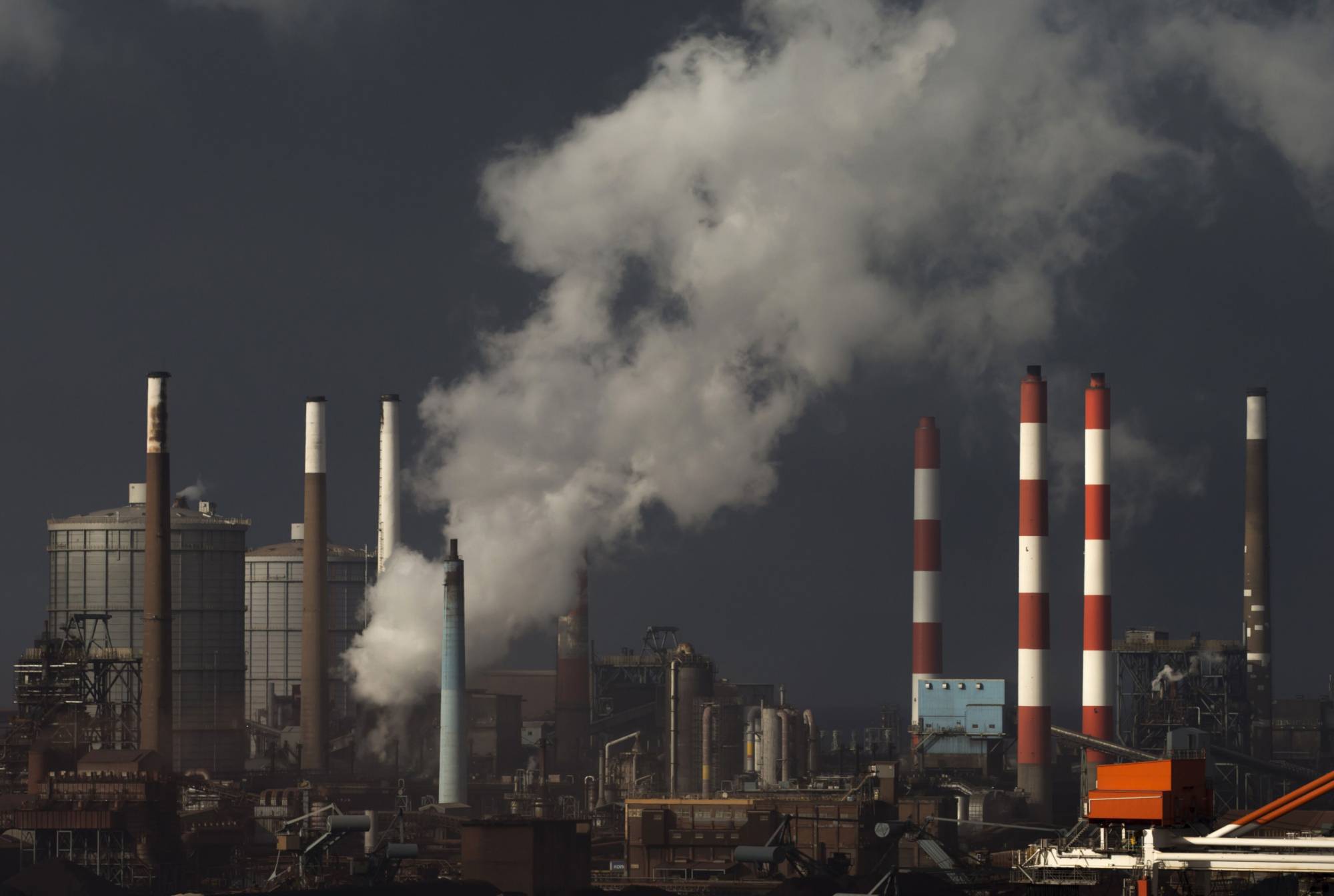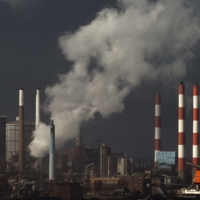Japan’s emissions have risen for the first time in eight years, driven by a post-pandemic recovery that the nation said mirrored similar increases across the world’s most advanced economies.
Japan’s emissions expanded 2% in the year ending March 2022 to 1.12 billion metric tons of carbon dioxide equivalent, the Environment Ministry said Friday. The new figures represent a 20% reduction over 2013 levels; in order to meet its mid-century net zero goal, Japan has said it needs to cut emissions by 46% by the end of this decade.
Compared with other Group of Seven countries, Japan’s emissions-reduction trajectory is furthest from what’s needed by 2030 to reach net-zero by 2050, according to data compiled by Bloomberg and the Network for Greening the Financial System, an organization of more than 100 central banks and regulators.
Emissions rose in the other G7 countries — the United States, the United Kingdom, France, Germany, Italy and Canada — in 2021, the ministry said. In Japan, the most notable increase occurred in the industrial sector, where emissions expanded 5.4%. Pollution from commercial and other sectors rose by 3.3%. Residential emissions fell 6.3%. Japan offset its final figure by about 4% to account for carbon dioxide it said was absorbed by the country’s forests.
Japan’s plan to decarbonize its power sector, which remains dominated by fossil fuel generation, has faced scrutiny because the Asian nation is banking on technologies such as carbon capture and co-firing ammonia and hydrogen in coal and natural gas plants instead of pivoting more quickly to solar, wind and batteries.
Despite their outsize contribution to the planet-warming carbon dioxide that’s accumulated in the atmosphere, no G7 country has made pledges to the United Nations that are sufficient to keep the world from warming less than 1.5 degrees Celsius from pre-industrial levels, according to the nonprofit Climate Action Tracker.




